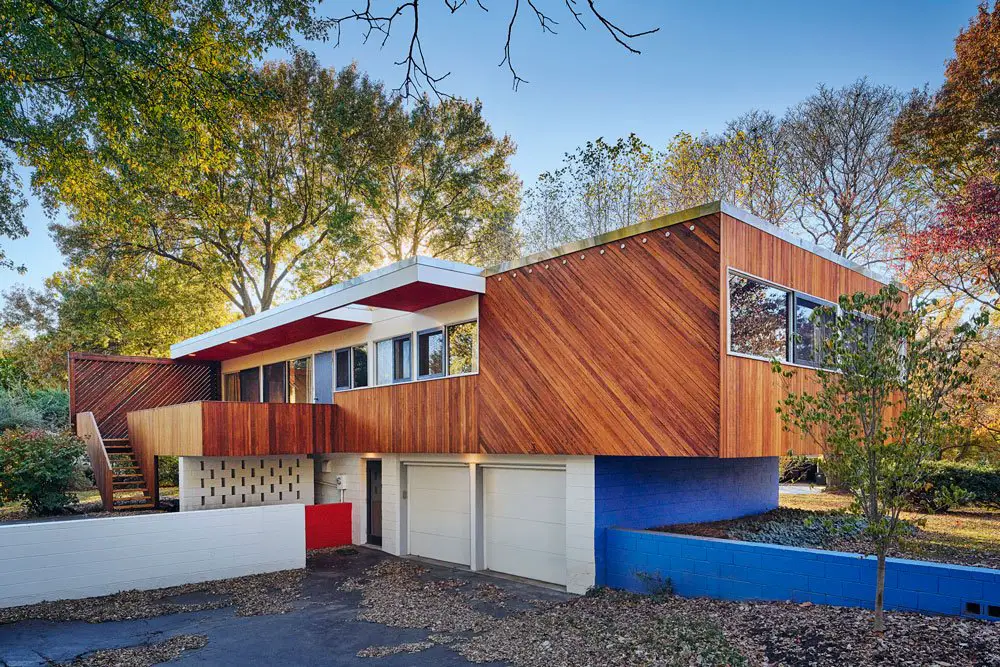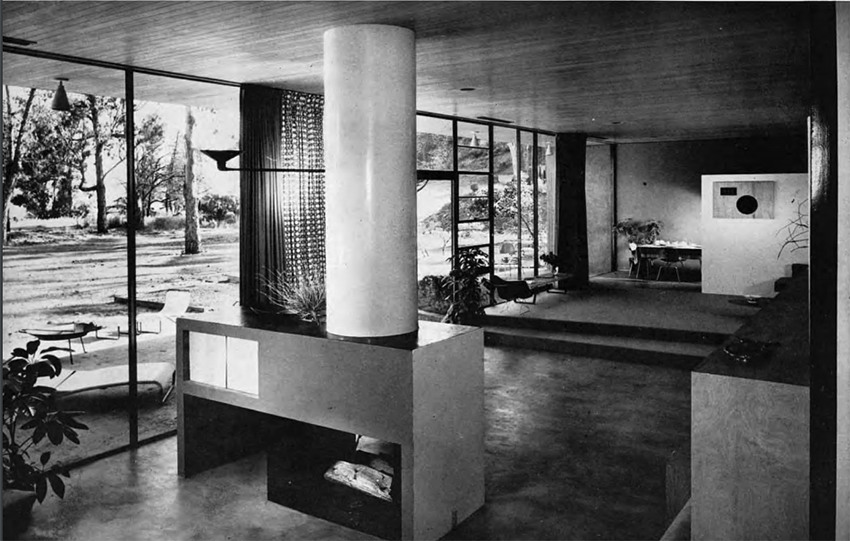
Joe Roberts' piece, "I Never Met a 2A3 Amp That I Didn't Like," from Sound Practices Issue 15, is very persuasive. I built jc morrison’s micro 2A3 amp soon after I received the issue via snail mail fresh from the printers in the mid '90s. After rereading the article in ‘07, I got inspired to make a Radiotron SE2A3 variant.
!!!WARNING!!!
The voltages found in the following circuits can be lethal! Build at your own risk!
That '90s morrison micro build used the
Angela Universal Power Transformer with a 760 VCT @ 200 mA (very conservatively rated) HT secondary + a GZ37 rectifier for
each channel. The thought of my 2A3s broiling way over the plate dissipation was daunting. Even if Chinese 2A3s were only $10 a pop then, my finger tips tingled in anticipation of a fireworks display each time I flipped the toggle switch on. But the sound through
Audio Note UK 3K output transformers was delicate yet exuberant, with a touch of mystery!
Since my Altec 755As in open baffles required more power, or so I thought then, the power and output transformers were expropriated for the classic JE Labs SE300B project.
 |
Fi "X" by Don Garber
from a Sound Practices ad |
In 2017, I had wanted to build a 6SF5>2A3 amplifier tribute to the Fi "X" in memory of Don Garber 😢 but a busy schedule got in the way.

During the March 2020 lockdown, I was motivated to review my audio DIY to-do list which led to a long-overdue parts bin inventory. I turned up a 700 VCT @ 150 mA power transformer pulled from a junked Scott 99D mono integrated. This iron is not a stranger since I've used a pair in my PP2A3 mono-blocks in the olden days. I dug up a couple of 6C8G grid capped/octal based twin triodes as well.

6SL7 vs. 6C8G
transconductance (gm)= 1600 umhos (both)
gain (mu) = 70 vs. 38
plate resistance (Rp) = 22,500 vs. 44,000
max. plate current (each plate) = 2.3mA vs. 3.2mA
Despite the equal transconductance, the 6C8G isn't a drop-in equivalent of the 6SL7. Aside from the different pinout, the mu and Rp are lower. When the triode sections are paralleled, the Rp is closer to a medium mu/gm triode like a 76.
 |
| morrison micro, reimagined |
This 2-stage direct coupled circuit is a reimagined morrison micro using a 6C8G front end. The paralleled triode sections draw about 3.4 mA and the 510 ohm cathode bias resistor is bypassed with a 100uf @ 16V cap to maximize input sensitivity.
 |
| Chinese 2A3s typically sell for $100 a pair nowadays |
Each 2A3 is AC heated by a Hammond 166M2 (2.5V @ 3A) filament transformer. The operating points are well within the modest specs of the Scott 99D power transformer.
Output Transformers
The fullest potential of an amplifier circuit can't be realized if it's inhibited by a mediocre output transformer.
Transformer design can be a contentious issue. Audio forums contain at least 30 years' worth of intense arguments amongst gurus with regards to winding techniques and materials - EI laminations, C-core, double C-core, silicon steel, nickel, amorphous or nanocrystalline (aka
Finemet). Unfortunately, there have been no definitive conclusions and the debates continue.
 |
| James 6123HS |
Despite my limited knowledge of electromagnetic induction, I've done lots of serious listening evaluation of various transformers + a bit of basic
testing through the years. My ears developed an affinity for the design ethos of Japanese transformer companies like
Hashimoto, Nature Sound, Noguchi (now
General Transformer, Co. Ltd),
Tamura,
Tango, etc. I also lament the now-defunct line of James
budget and
mid-priced output transformers from Taiwan, which sounded akin to their neighbors to the north.
 |
| Nature Sound NS70SE |
I don't think the skill and expertise is unique to the Japanese. My empirical mind tells me that they just improved upon what they learned from reverse engineering classic American and European audio equipment, analogous to Canon and Nikon copying and innovating upon Leitz and Zeiss cameras and lens blueprints post WWII.
 |
| Tamura F7002 Permalloy |
The transformer art is also not lost stateside. Based on my very positive experience with custom-wound nickel plate chokes from
Intact Audio's atelier, my hunch is,
dave's output transformers are probably wound to similar standards since he's had ample exposure to Nature Sound, Tamura and Tango iron due to his long association with the
NY Triode Mafia scene.
 |
| Tango/Hirata NY15S |
Regrettably, I haven't had much luck with budget-priced heavy iron. The ones I've tried usually present my 'pet peeve' tonal curve: boosted upper bass, recessed midrange, a spiked upper midrange to lower treble, followed by a sharp roll off in the top end. To some ears this kind of voicing sounds captivating. But to be honest, it's a musical disaster to mine. 😞
When I can't afford a top of the line Sumo-sized output transformer, I compromise on full power at the bottom end and settle for a well-designed Bonsai-sized iron with a gradual and smooth roll off beyond the audio band. It's an insurance that my midrange will sound clean due to musically consonant upper harmonics.
So far, all the Japanese budget transformers I've tried have not failed me in this regard. Some even exceeded my expectations, like the entry-level
Noguchi Finemets above.
Kasuga KA-6625ST

For this project I used the
Kasuga Wireless KA-6625ST. This is an entry-level output transformer, which is less than half the size and weight of the
Audio Note UK 3K from the 90s. Weighing in at a lean 1.1kg, it can be configured to reflect a 2.5K, 3.5K or 5K primary Z via the multiple secondary taps. 3K-3.5K has become my de facto load for the 2A3 and 300B, only because my ears prefer it.

Alas, these transformers aren't available in the USA. But if you happen to be in the vicinity of their
Akihabara store, you can pick them up for about $82 apiece.
 |
Kasuga KA6625ST Square Waves
L > R: 100Hz, 1kHz, 10kHz |
Although not musically definitive, the square wave pictures presented above indicate good circuit and transformer behavior. Considering that there's
no corrective negative feedback loop in this DC SE2A3 amp, it hardly pales (except @100Hz) in comparison to the
100Hz,
1kHz and
10kHz square waves from the classic push-pull EL84 (
with negative feedback
correction)
Dyna ST35 amp, renowned for its
fine sonic quality and wide bandwidth ultra-linear output transformers.
 |
| 4.34V rms squared/8 ohms = 2.35W |
The amp puts out 2.35W at 1 kHz into an 8 ohm load before clipping (lower trace) with an input sensitivity of ~ 1.2 V rms (top trace). If memory serves me right, I measured about 3W per channel from my '90s morrison micro build. About 20% of power was lost due to my cooler operating points.
Sonic Palate
Connected to my
Altec 753Cs in the
main system or the
Altec 755As in Silbatone cabs in the near field system, the DC SE2A3 amp doesn't have the body, complexity, intense richness, dynamic impact and bandwidth of my Bordeaux-
like heavyweight amps which employ lower Z driver circuits + top of the line Japanese OPTs. Instead, it reminds me of the sweet and fruity flavors, earthy spices, color, subtlety and finesse from my White Burgundian
Simple 45, which was the main reason I was forever drawn to this archaic method of building amps!

Enjoy the music!🍷






















































